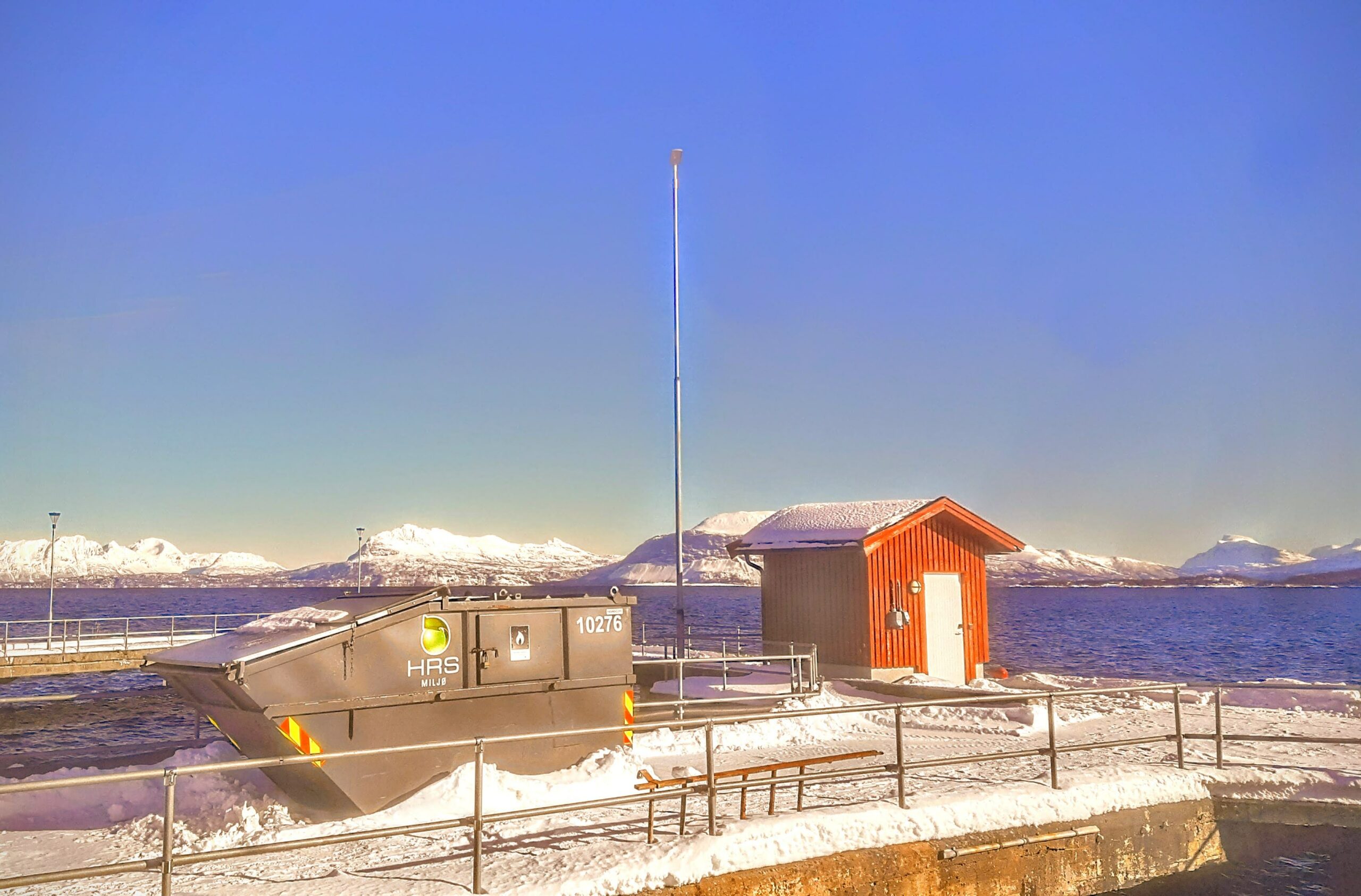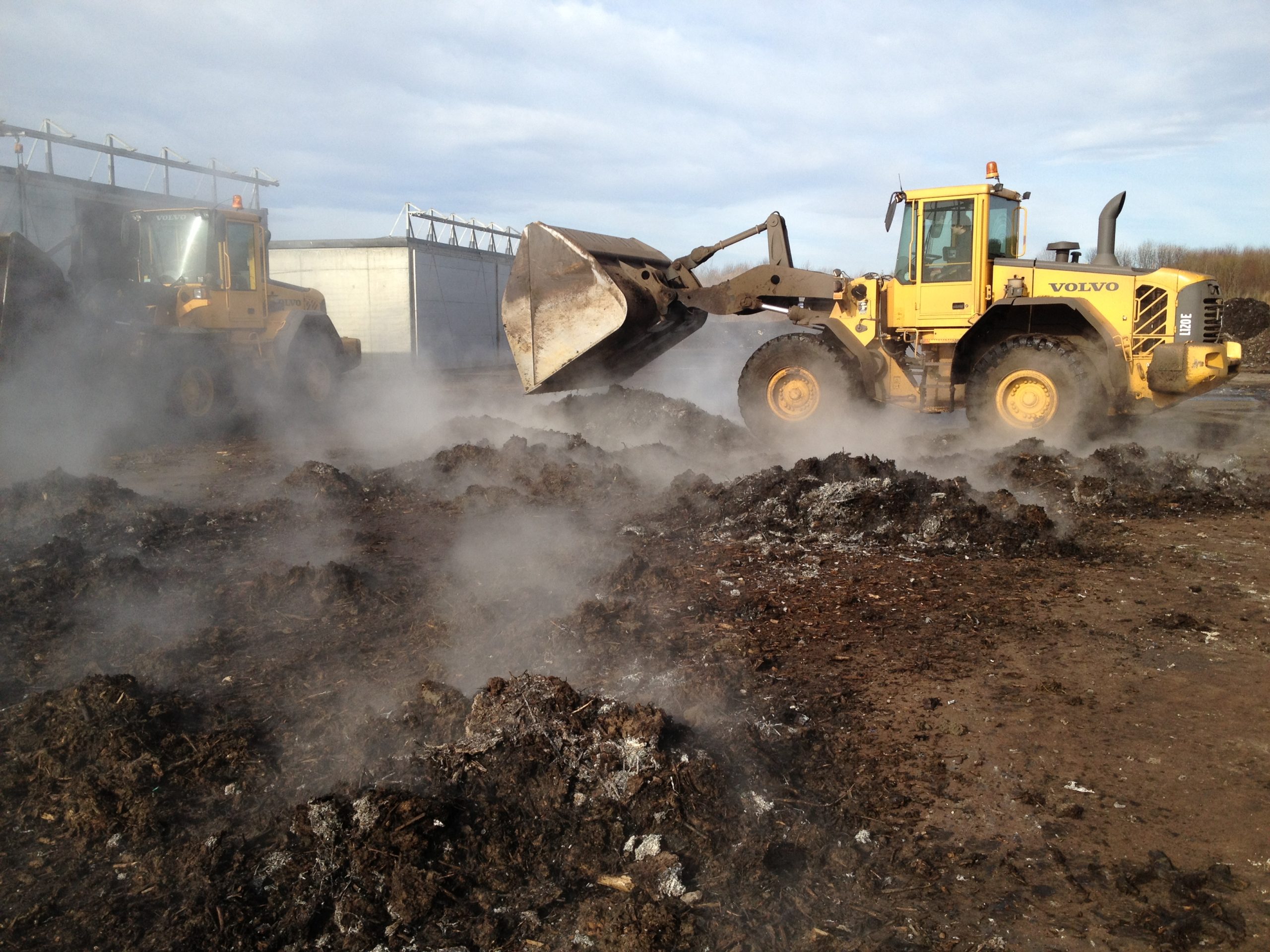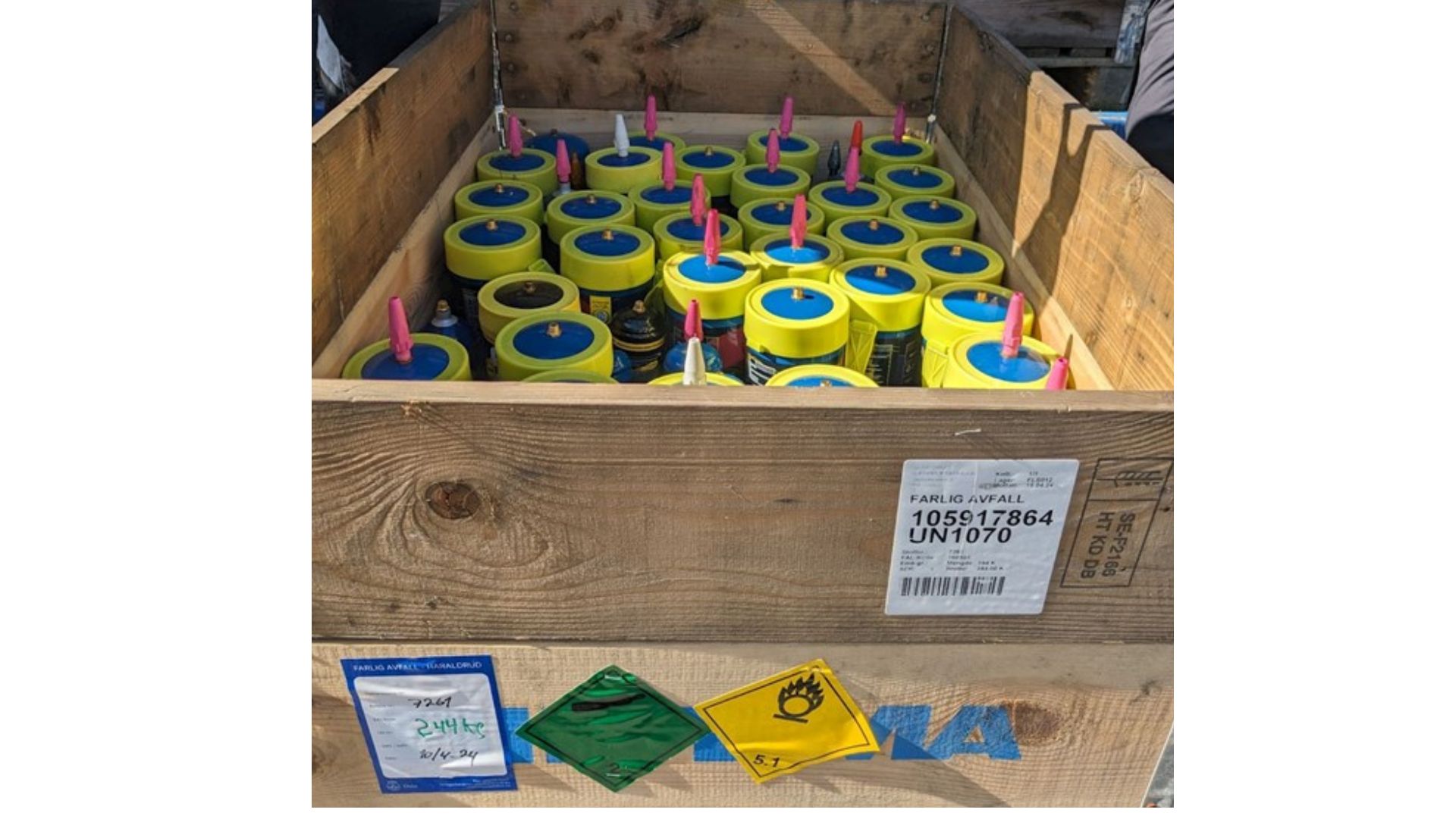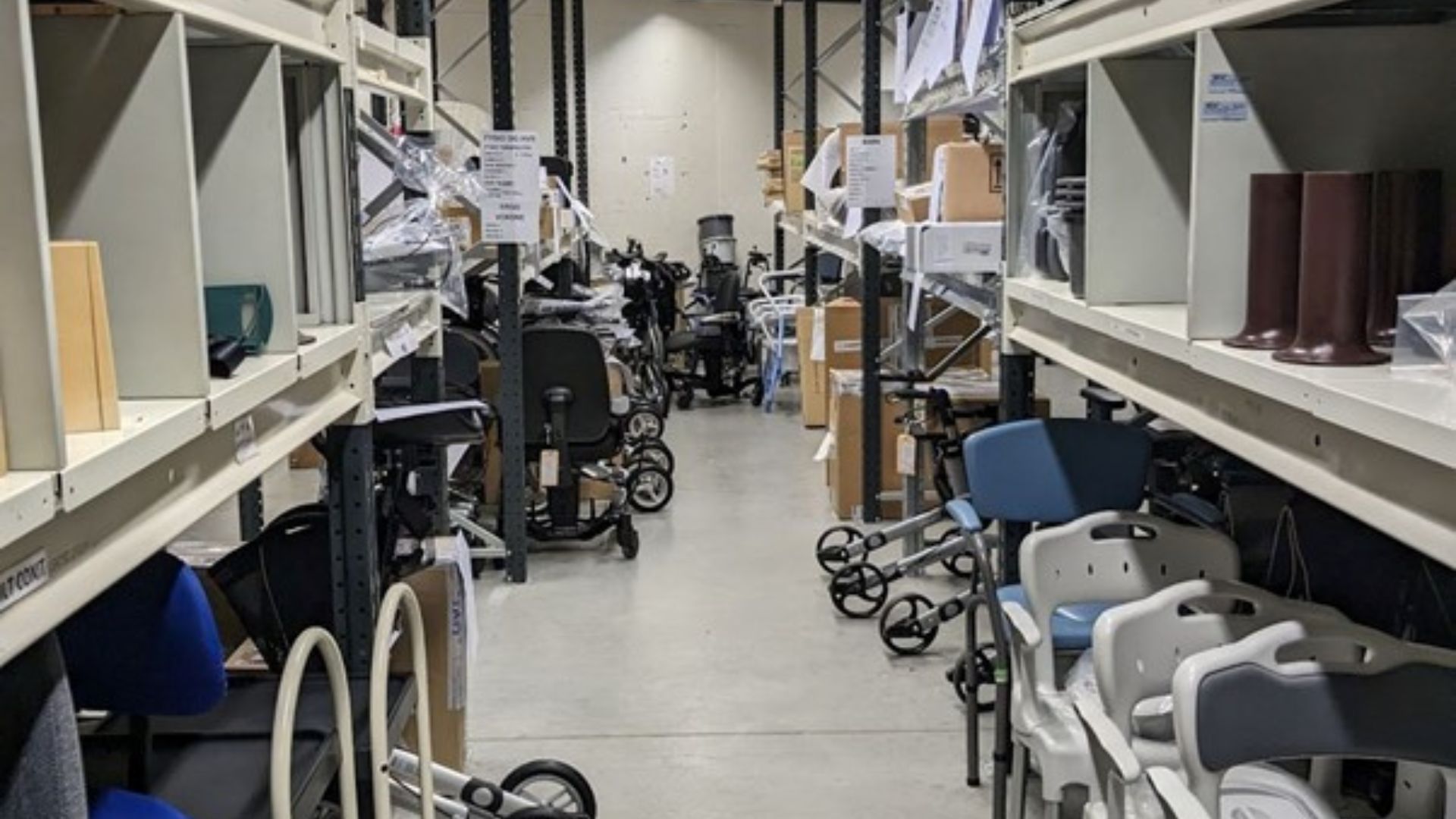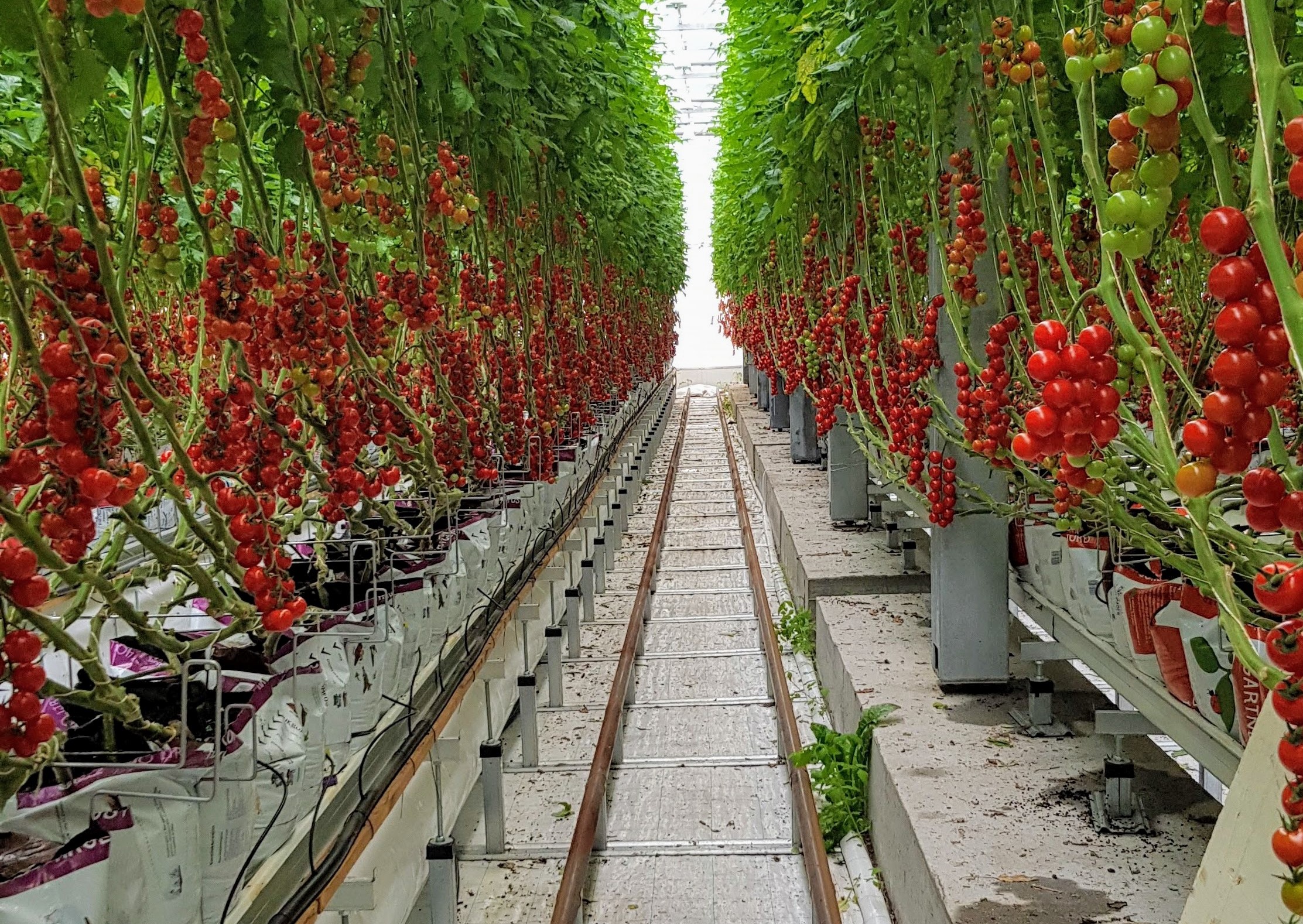Norwaste is currently engaged in a new project called "Coastal Transport III," initiated by the Port of Oslo and supported by Klimasats. The project is a continuation of the Port of Oslo's previous Coastal Transport projects, and this project aims to focus on the potential for increased collaboration between waste owners and ports. Regarding why the Port of Oslo has initiated the project, project owner Carl Johan Hatteland states:
- The waste market is changing due to the circular economy, including increased demands for sorting, emission reduction, and immature markets for secondary raw materials. There is a need for increased expertise on the transportation needs for waste and to explore the possibilities for sea-based transport.
Carl Johan Hatteland, project owner, Oslo Havn
There are currently no complete figures available regarding the transportation methods used for waste transport. Statistics are only available for green-listed waste. Of the green-listed waste, 77 per cent was transported by sea in 2020. Meanwhile, transportation of residual waste mainly occurs by road to incineration plants in Norway and Sweden, whereas source-sorted and recycled waste is typically transported to industrial facilities, often situated near ports.
The project is based on three very different cases in municipal Norway: Oslo, Harstad, and Vadsø. In the north, waste volumes are dispersed and will become more fragmented as 65 per cent of the waste is to be recycled. This week, the project held a workshop in Harstad where project participants and local businesses took part. During the workshop, attendees learned about the challenges and opportunities involved in the treatment and transportation of waste and secondary raw materials.
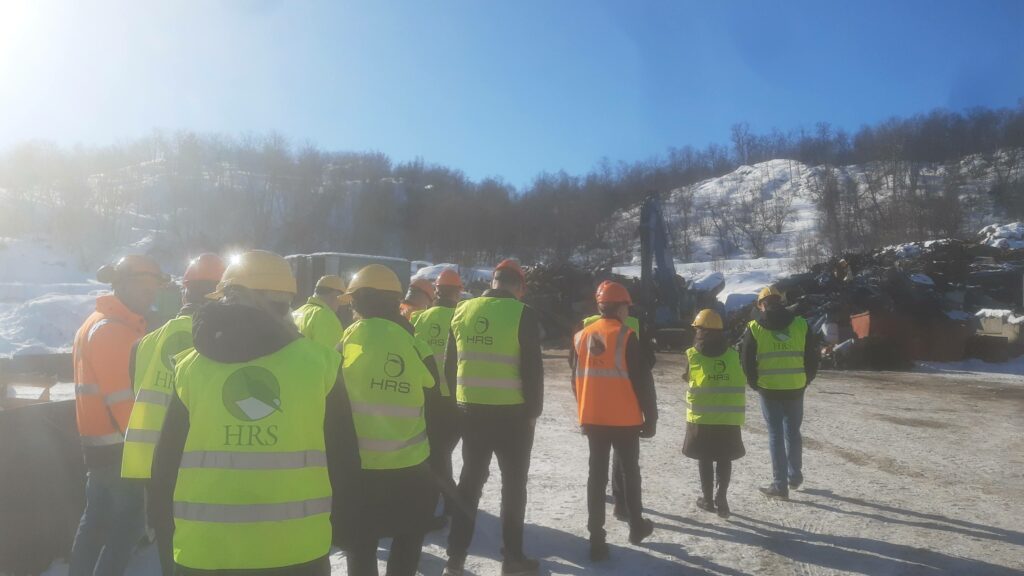
Increased demands for material recycling pose a significant economic challenge here in the north, considering the geography and demographics. Therefore, we must ensure it also brings about more value creation in the north
Eirik Johansen, CEO of HRS. Tweet
He highlights Rå biopark as an example of this, where food waste from 41 municipalities in Northern Norway will be converted into biogas.
In Oslo, the situation is the opposite. There are large volumes, but the material recycling rate has plateaued, and there are challenges with the quality of source sorting, as is the case in many large cities. There is also a significant amount of goods transported from the Port of Oslo, and space in the harbour is a challenge. This is something that many ports, even in smaller cities, can relate to.
Waste is a resource for ports, but there is a general challenge in securing large enough or adequate areas connected to the ports
Arnt-Einar Listheim, Director of Expertise at Norske Havner, Samfunnsbedriftene.
In addition to the selected municipalities, the project has partnered with several industry organizations: Samfunnsbedriftene through Waste and Resource and Norwegian Ports, Waste Norway, and Coastal Shipping Companies.
Quality is crucial to ensure that waste can be delivered for material recycling, allowing it to be processed and used as secondary raw material. Proper intermediate storage and transhipment are important for preserving quality, and here, space plays a significant role. Collaborative allocation of space is something the project will investigate. In summary, Bjørn Kopstad of Norwaste remarks."
Many exciting possibilities can emerge when different parties begin to communicate with each other
Bjørn Kopstad at Norwaste. Tweet
The project will be completed in October 2023. If you have any questions or would like to learn more about the project, please contact ine.geitung@norwaste.no.
